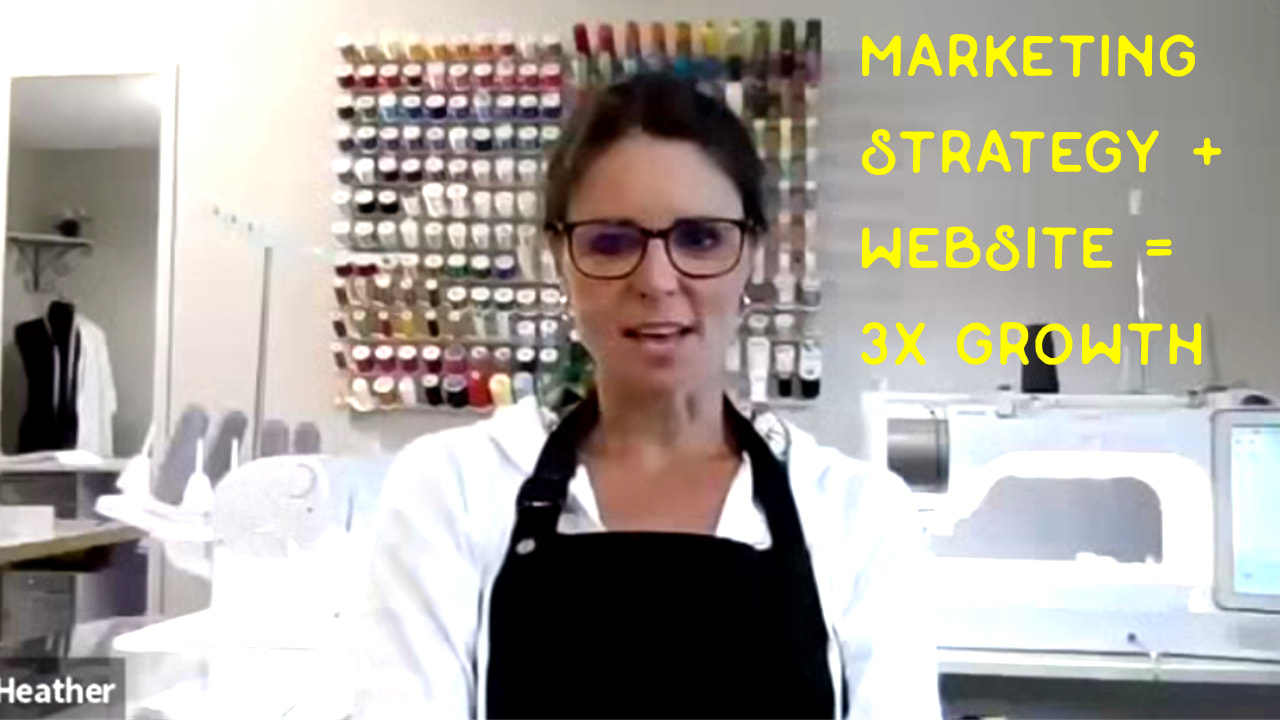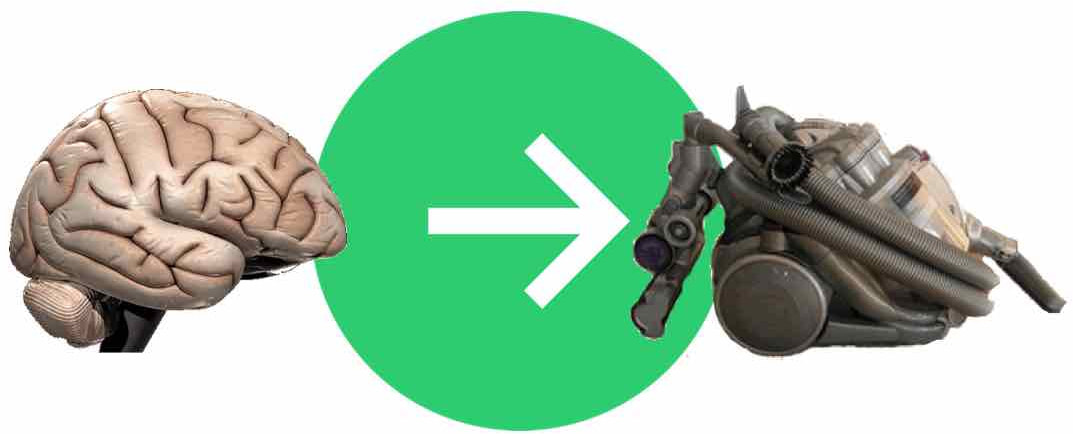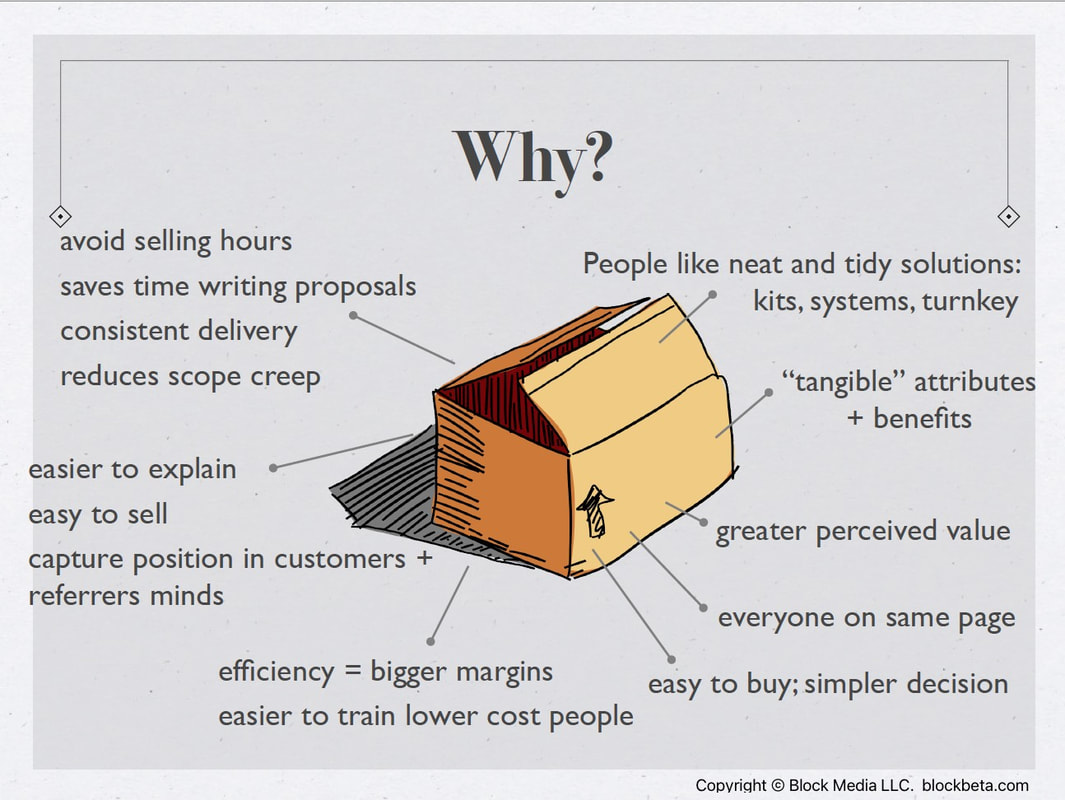|
Just like dating, making yourself attractive to customers is a whole lot easier than chasing them down. In this simple allegorical video, based on core marketing principles almost as old as time itself, we explain how it's done. Honey & the Flies: A marketing allegory
Lovingly created and voiced by Robbin Block Improved Website Tripled My Business Income Heather Zager, owner of MADE Apparel Services, explains how Blockbeta Marketing helped improve her website, resulting in nearly 3X growth. MADE works with designers who want to take their sewn product ideas to manufacture. Blockbeta is a marketing consulting firm specializing in niche businesses with unique business models. Viewing time < 4 minutes Video Transcript:
My name is Heather Zager, and my business is MADE Apparel Services. And, I help designers with ideas for sewn products get into manufacture. I started my business a couple of years ago as an idea, and it gradually grew and now it is sustaining me every month. I started with Squarespace and got my website up as best as I could. Did a lot of research, a lot of studying about what it took to build a website for the very start of my business. But eventually I realized my limitations in not only my time, but in my abilities and my understanding of the backside of websites when it has to do with: search engine optimization and getting people to click through on things, or getting customers to actually call me and allow me to answer their questions, and explain a little bit more about what I do. So trying to get people to understand that I can meet their needs is a big hurdle for getting people to find me on Google. And I knew that would be a difficult area, so I needed to find somebody who could help me with that. I started working with Blockbeta beta about a year and a half ago. One of the challenges that I ran into was understanding the different types of clients that I would be working with. I had experienced numerous different clients, and I couldn't quite put a finger on it, and Robbin helped me to understand that I had segments in my client base. We looked at analytics, we looked at where people were coming from, and got more information, and outlined that I actually had a difference between fashion designers looking to launch a design versus people who had innovative ideas that had never been sewn before, and they wanted to get into manufacture. And then I had people who just had products; were out there, but if they wanted to make improvements, and they needed a tech pack for manufacturer also. So that was the part I knew I was missing in my website and getting it targeted. But also getting the conversions, looking at where they were coming from. All of the behind the scenes stuff that made all of that happen; to have good clients that were what I was looking for, and I was what they were looking for. My website has gone from something rudimentary, but visible and acceptable for starting a business and turned into something much more professional and cohesive across the different pages; took my clients and my customers down a more correct journey for what their needs were. Created value, helped them to understand what it is that I do, became educational, and these were all things that were my vision, and I just could not figure out how to get it to be cohesive and wrapped into a website. And today it is full of analytics and information and working links and all the backend stuff. I'm a lot more confident about than when I first started trying to do that on my own. My business has continued to grow. And I've probably doubled, almost tripled, my revenue since I started working with Blockbeta. So we've come a long way in the last year and a half, and now that my understanding is a lot clearer and I understand marketing better, I've come to realize it is something that is constantly moving forward and merging and congealing, and it's always different and growing. And I will always need marketing on a regular basis to keep in line with my business and its growth and the different clients that I see coming in and the different ideas that I have. Robbin has been my go-to person, and at this point I know that she will continue to be my go-to person.  As more people turn away from corporate jobs to creating service businesses, you need to find more ways to compete successfully. One way to do that is by packaging your services. Not only will you be able to market more easily, but it may make you more profitable. Customers will have a better understanding of what you offer, and they'll value it more highly. Plus, it can make it easier for you to deliver and get paid faster. Here are the many reasons why packaging is essential for your business' survival. Selling a Service is Not Like Selling Vacuum Cleaners Marketing intangible services requires a different approach than for tangible goods. You need to provide evidence that your services can be delivered with some reliability, since intangible means a buyer can’t see, touch or try before they buy. This “proof” may come in many forms:
Why You Should Turn Your Service into a Product Beyond the evidence noted above, give your services “characteristics” of a product to make them seem tangible. Avoid selling hours. If you're always selling your time, you'll never grow beyond your own capacity or have the ability to scale. Build value into a package of services that take less time to deliver, but result in more perceived value. Hours are also really tough to track, especially when ideas can strike you at any time (um, in the shower?) — you should be compensated for those. Clients also don't like the idea of a bottomless pit of hours, especially when they don't understand how long something will take. Make your services easier to buy People love neat and tidy solutions, like kits and systems. They often don't understand what they're buying from you, and if you focus on what you're delivering, rather than a myriad of details, it's easier for clients to "acquire" what you're selling. Plus, it may also reduce the need for negotiations. Of course, if they want those details, you'll need to be ready to supply them. Differentiate your services How you package your services is another way to help you stand out from your competition. This may work especially well if you can create a package that uniquely suits your particular target audience. You can't always guarantee an outcome When you're offering a specific service, it's almost impossible to guarantee that someone's business will be more profitable. There are often too many variables that are outside your control. For example, in marketing, if a client's product isn't market-ready, all the advertising in the world isn't going to work. But with a package, you can guarantee that you will deliver the services you're selling. If you can also make the case that a package of services has worked for other clients, that lends credence to it. Save time writing proposals This one is huge for me. I'd rather spend my time working with clients than doing what feels administrative. When you offer fixed prices for a set of services, it's just so much simpler to put together a bid. Spend a lot less time explaining your services When you create fixed packages, you can write up the benefits, which will make them easier to market and you won't have to repeat yourself. Plus, you can provide checklists, tip sheets, and other materials that support the package. This will lead to an increase in perceived value and tangibility of your services. Reduce scope creep A fixed set of services means everyone knows what to expect for a set price. Everyone is on the same page. It will become clear if anything is added or changed, which will help you justify an additional charge. Get referred more often Packages may even help you get referred, because people will have a clear understanding of what you offer. Deliver services consistently to increase your margins Packaging helps you streamline your operations. You'll become more efficient at repeating a process over and over. When you get really good at nailing down your process, you can start to hire less expensive people to help you deliver it with less oversight, which leads to higher margins (booyah!). Start with a Baseline Service Package You don't have to package everything at once. Start by bundling together a few tasks you're always doing for clients. Give it a good name. Price it. Write up what the package includes and then describe the benefits and highlight the value your client will derive from it. Practice your sales pitch, remembering to say how well it has worked for clients in the past. Post it on your website and offer it during sales calls. You'll be amazed at how much simpler, and profitable, your work will become. You may also like:
|
�
Robbin BlockSharing what I know and love about marketing small to medium businesses. About me Categories
All
|
BLOCKBETA MARKETING
Blockbeta is a marketing consulting firm specializing in niche businesses with unique business models. Our focus is on developing value propositions, website transformation, and amplification. Business strategy, not tactics alone, drives our creative action plans, websites, and digital marketing programs.
|
featured Marketing servicesWebsite buildingresources |
Disclosure: Some of the links on this site are affiliate links. If you click on the link and purchase an item, we will receive an affiliate commission.
Icons from Flaticon — Chaos by Freepik, Brand by Geotatah, Website by Eucalyp
Icons from Flaticon — Chaos by Freepik, Brand by Geotatah, Website by Eucalyp
Privacy Policy | Copyright © 2024, Block Media LLC. All rights reserved. Seattle, WA * 206-335-5929






 RSS Feed
RSS Feed
